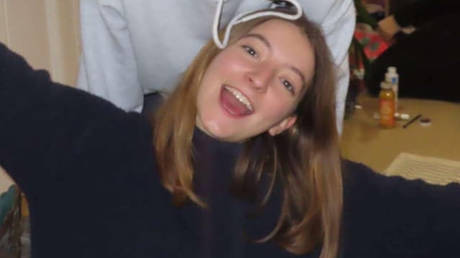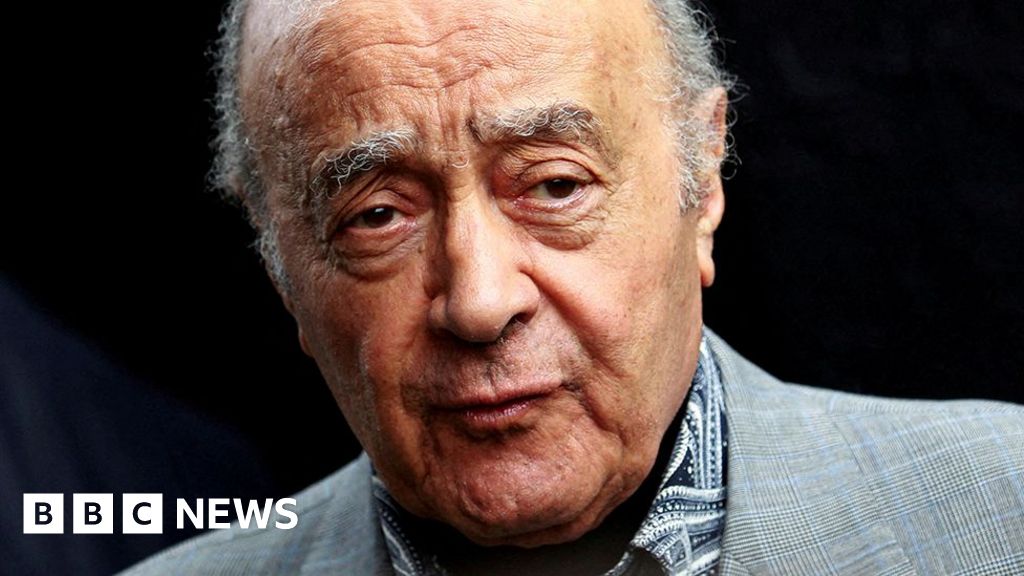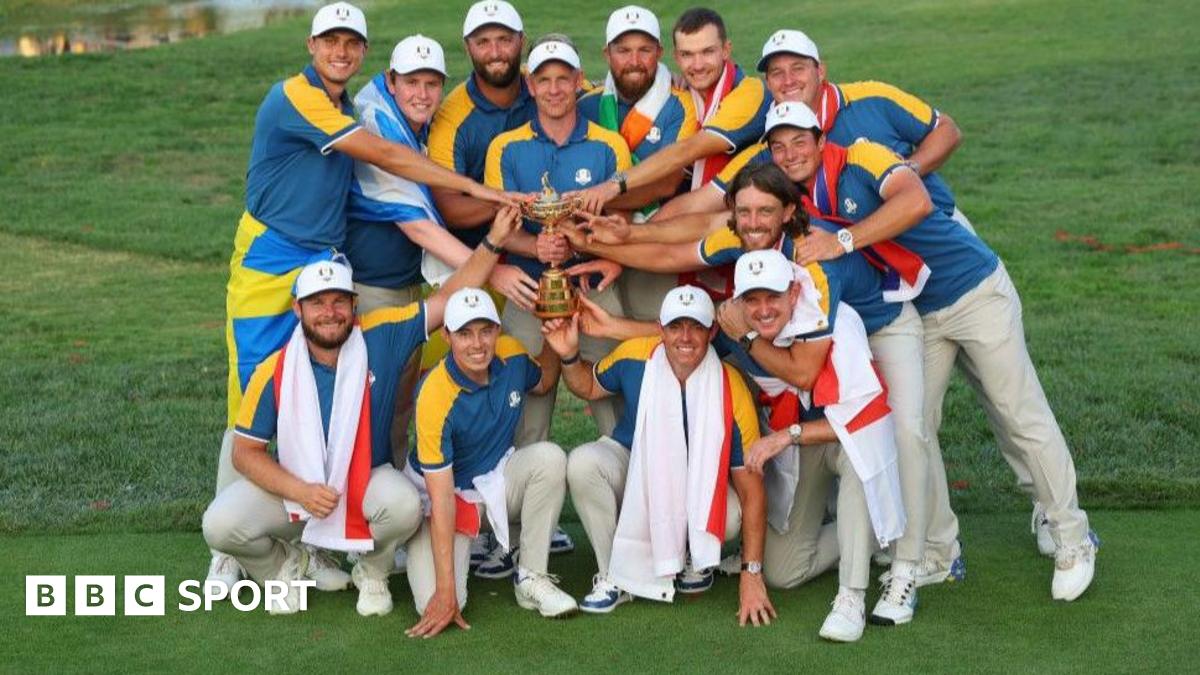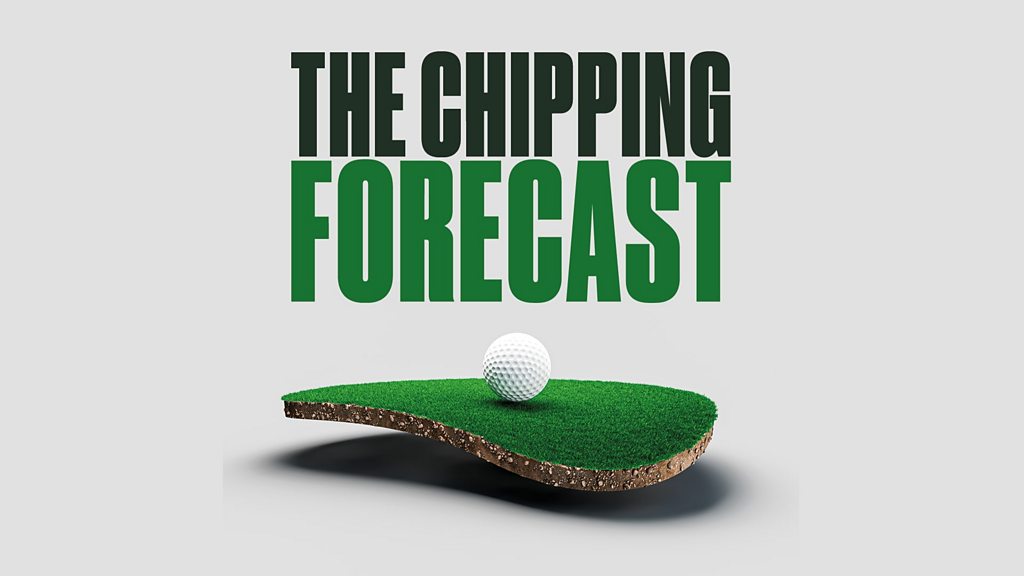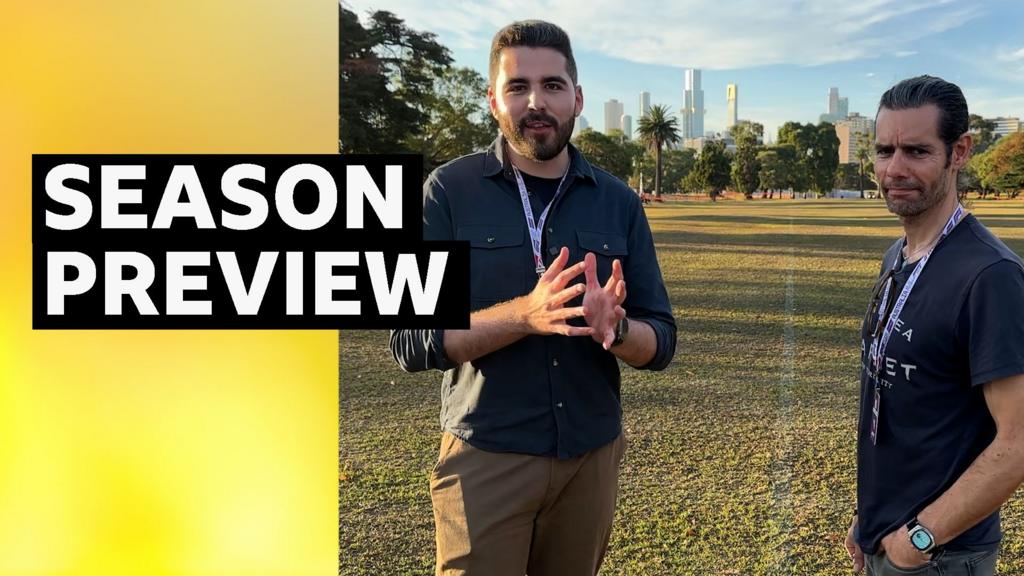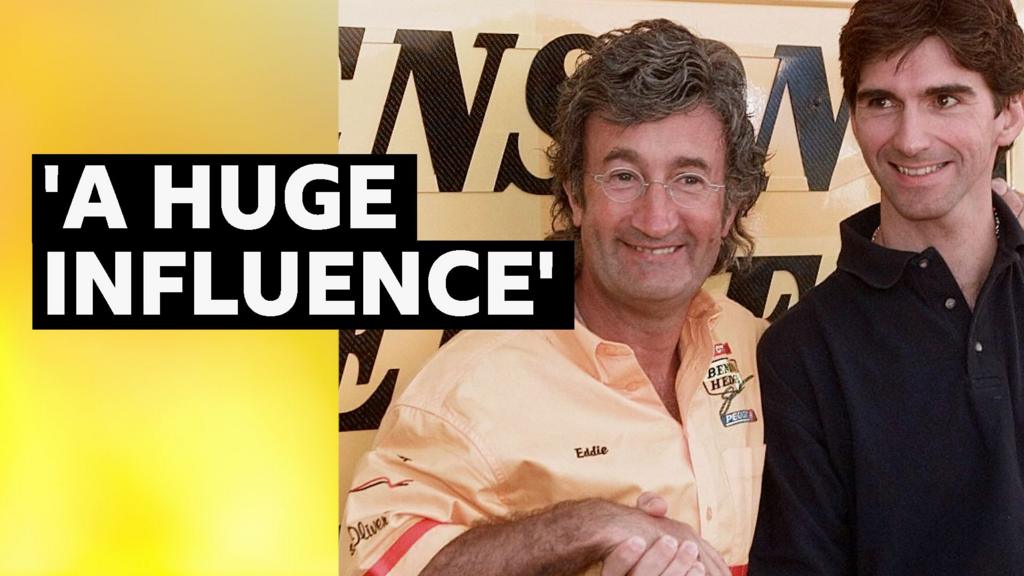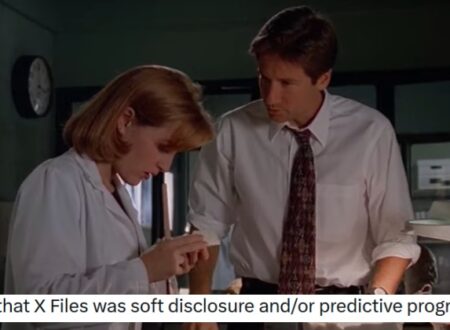7 brain-based strategies to achieve more in less time
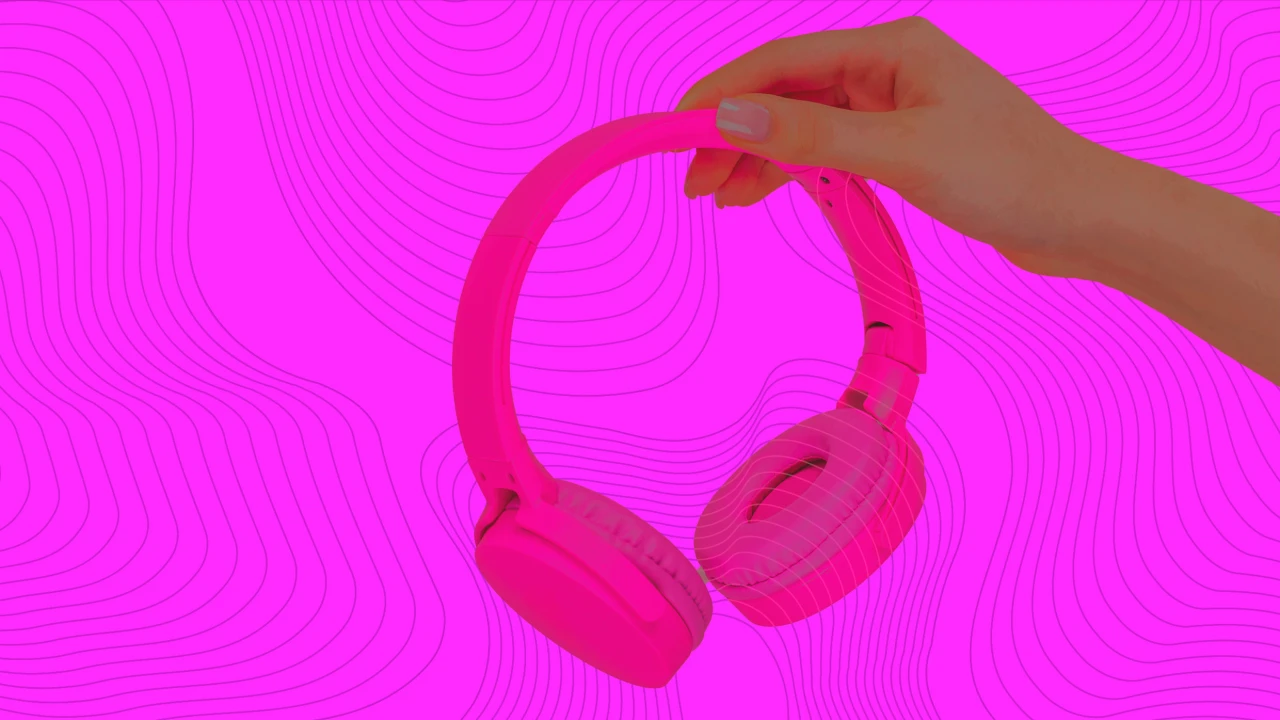
Time is finite. Energy is cyclical. And yet most professionals try to “do more” by pushing harder, longer, and faster—until they burn out or underdeliver.
But what if the key to high performance wasn’t in grinding harder, but in thinking smarter—in sync with how your brain naturally works? Drawing from neuroscience, peak performance psychology, and decades of productivity coaching, here are seven brain-based strategies to help you get more done with less stress.
1. Work with Your Ultradian Rhythms
Your brain runs on 90–120 minute cycles of peak focus followed by dips in energy called ultradian rhythms. Pioneering research from sleep scientist Nathaniel Kleitman finds that, like sleep, our waking hours follow a rhythm of alertness and fatigue.
Ignoring these cycles leads to mental fatigue, diminished focus, and decision fatigue. But when you align your workflow with your brain’s natural rhythm, you can maximize productivity while reducing stress.
What to do:
- Schedule your deep work (writing, coding, planning) in 90–minute blocks, followed by a 10–20 minute break. Don’t fight your biology; leverage it.
- Try setting three such cycles in your day and track your focus levels. You’ll likely find you do more in less time—with greater clarity.
2. Front-Load Your Day with High-Impact Work
Your prefrontal cortex—the brain’s executive center—is sharpest in the first few hours of the day, assuming you’ve rested adequately. Waiting until late afternoon for complex problem-solving? That’s like trying to play Beethoven on a detuned piano.
Morning hours offer a natural cognitive advantage. Your brain’s executive function, responsible for planning, analysis, and self-regulation operates more efficiently early in the day before decision fatigue sets in.
What to do:
- Schedule your top priority (not just urgent emails) first. Think of your brain like a battery—it’s fullest early on. Use that power strategically.
- Plan strategic thinking, difficult conversations, or creative work for your first 2–3 working hours. Leave admin and reactive tasks for later.
3. Banish the Myth of Multitasking
Multitasking is a productivity killer masquerading as efficiency. Neuroscience confirms that task-switching increases errors and drains mental energy. Every time you switch contexts (from email to report to meeting), your brain pays a “switching cost.”
Stanford researchers found that frequent multitaskers perform worse on attention, memory, and task-switching tests than those who single-task. This cognitive overload reduces your ability to prioritize and retain information, even after multitasking ends.
What to do:
- Batch similar tasks together (like emails, calls, or approvals) and avoid switching tools every few minutes. Try time-blocking: assign chunks of your day to themed work.
- Use browser tab managers and mute nonessential notifications to minimize temptations. Protect your deep work time like it’s your most important meeting—because it is.
4. Use Visual “Cues” to Trigger Flow States
Your brain thrives on cues and routines. Like musicians warm up with scales, you can train your brain to enter focus by anchoring it to a repeatable ritual.
These rituals act as environmental signals that prime your brain for a specific cognitive state—especially helpful when transitioning from distraction to deep concentration. Over time, these cues create a conditioned response that accelerates your entry into the flow.
What to do:
- Light a candle. Put on a specific playlist. Open your task app. These seemingly small actions act as psychological “on switches” that tell your brain, “It’s time to focus.”
- Build your prefocus routine and use it consistently to activate goal-directed behavior.
5. Reduce Cognitive Load with External Memory
Your working memory can only hold 4–7 items at once. Trying to juggle every to-do in your head is a recipe for stress, errors, and decision fatigue.
Research shows that when you offload information—via writing or digital capture—you reduce strain on your cognitive system and free up bandwidth for problem-solving and creativity. This process is known as cognitive offloading. As productivity expert David Allen says, “Your mind is for having ideas, not holding them.”
What to do:
- Use a trusted system: a task app, planner, or digital calendar. Offload everything so your brain can focus on thinking, not remembering.
- Tools like OneNote, Evernote, Todoist, or a simple notepad support this cognitive unloading process.
6. Make Rewards Immediate and Visible
The brain is wired for immediate gratification, thanks to the dopamine system. That’s why checking off a task feels so good—it gives you a mini reward and motivates further action.
Neuroscience shows that small, frequent wins activate the brain’s reward circuitry, reinforcing behavior and building momentum. Motivation increases, and burnout risk decreases when progress is visible and acknowledged.
What to do:
- Break big goals into smaller milestones. Use visual trackers (like progress bars, Kanban boards, or checklists) to mark wins. Celebrate micro-achievements with recognition—even if it’s just a fist pump or a digital badge.
- Recognizing incremental progress keeps your team engaged and your brain craving the next step.
7. Protect Your Brain with Boundaries
Your brain needs recovery just like your muscles. Without boundaries, you risk decision fatigue, emotional burnout, and reduced creative output. Constant task-switching and always-on expectations deplete cognitive resources faster than most leaders realize.
Setting firm boundaries around your time and energy is not just self-care—it’s a performance strategy. Recovery fuels resilience and long-term productivity.
What to do:
- Set hard stops on your workday. Say no to low-impact meetings. Use tools like Do Not Disturb, email batching, or calendar guards.
- Establish “shutdown rituals” to mentally disengage from work and protect after-hours focus.
Think Like a Brain, Not Just a Boss
You don’t need more hours in the day. You need to align with how your brain works best. When you structure your work to match your cognitive peaks, automate your focus rituals, and honor rest as part of the rhythm, you can achieve more in less time—and with less stress.
Today’s most effective leaders aren’t just task managers; they’re rhythm designers. They guide their teams like conductors, not traffic cops, blending science, intention, and culture. The goal isn’t just output; it’s sustained clarity, energy, and performance.
Think like a brain, and your organization will follow in harmony.
What's Your Reaction?
 Like
0
Like
0
 Dislike
0
Dislike
0
 Love
0
Love
0
 Funny
0
Funny
0
 Angry
0
Angry
0
 Sad
0
Sad
0
 Wow
0
Wow
0





